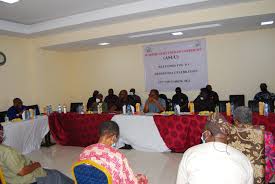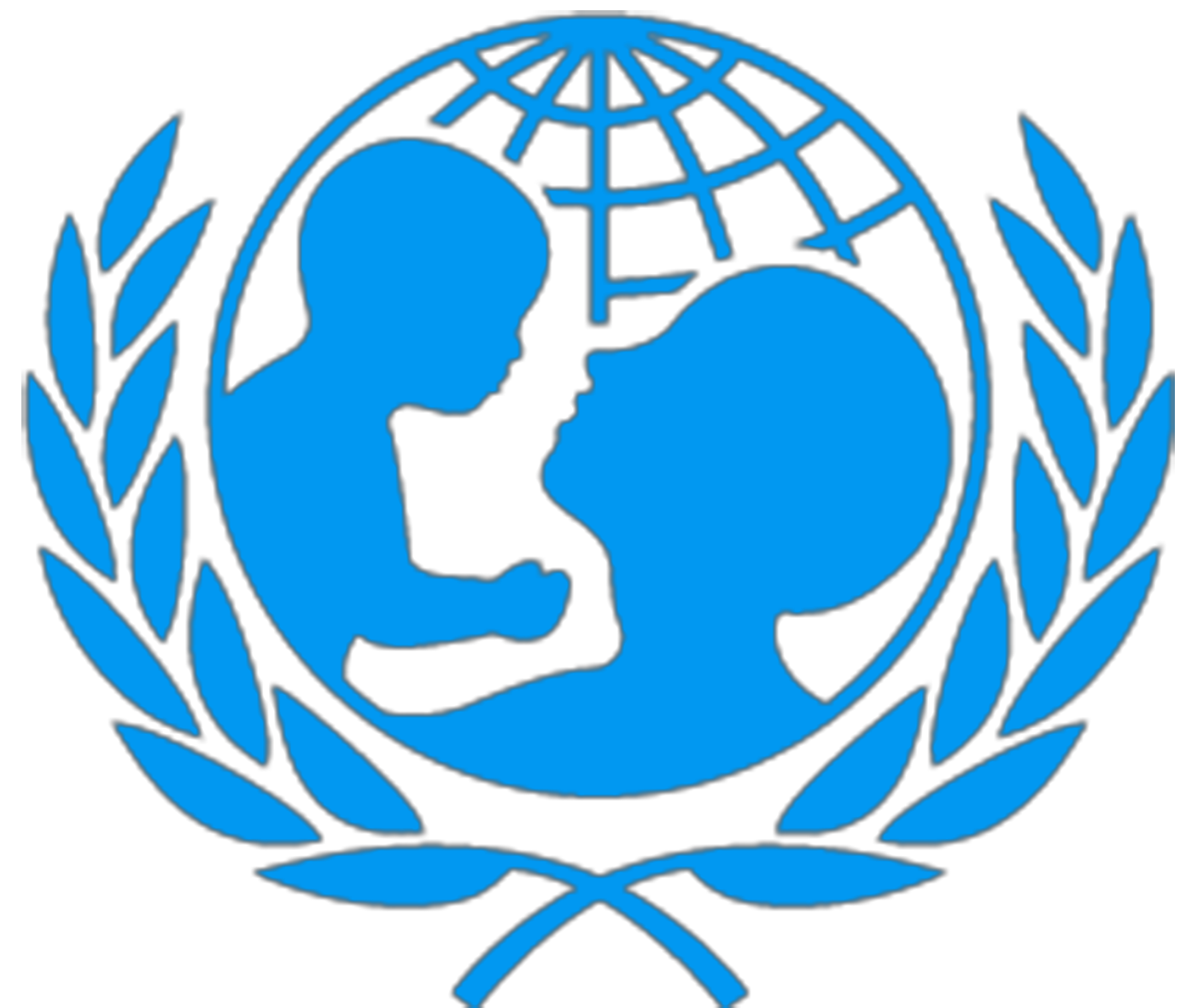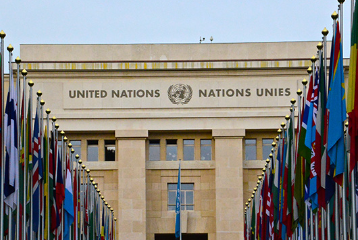Aid Organisations had warned that 73,000 children in Kenya are severely malnourished and are at risk of dying from hunger due to a severe drought.
The warning comes as results from joint nutrition assessments conducted by the County Departments of Health and UNICEF, and nine aid organisations working on the ground, including Save the Children.
The survey shows that in Turkana alone, severe acute malnutrition rates, the most life-threatening form of hunger, are up nearly four-fold in just one year, from 2.3 per cent to 8.3 per cent.
It also shows that an Turkana South, an unprecedented 12 per cent of children under five now suffer from severe acute malnutrition.
The assessments also reveal alarmingly high severe acute malnutrition rates in East Pokot (5.8 per cent ), Mandera (5.2 per cent), Samburu (3.8 per cent), and West Pokot (3.2 per cent).
These counties have also witnessed extreme deterioration in nutrition and food security.
Following the general electionon Aug. 8, the aid organisations are urgently calling on the national and local governments, who are leading on the drought response, in coordination with aid agencies—to prioritise critical funds and support for the response.
This includes food programmes to reach the most vulnerable and prevent needless deaths.
ALSO SEE: Fake admission syndicate hacks University of Benin website
“The drought has left tens of thousands of children and families, including the most vulnerable under five, pregnant and breastfeeding mothers, in a life-threatening situation,” said Francis Woods, Save the Children’s Interim Country Director in Kenya
‘’The overall nutrition situation continues to be of great concern including deteriorations recorded in some counties.
“The situation is likely to worsen as we enter the lean and short rains season’’ said Patrick Mweki, Action Against Hunger Country Director for Kenya and Somalia
“The just concluded general elections must be used as an opportunity to reverse the hunger tragedy unfolding in many parts of the country.
“We urge the new national and county governments to act now to prevent children from dying.”
The survey also reveals that nearly 40,000 pregnant and nursing women across Kenya are malnourished, a 20 per cent increase from 2016, leaving their and their children’s lives hanging in the balance.
“Families in some of the hardest-hit areas have been pushed to the brink with the loss of their livestock, which they depend on for their livelihood, food and milk.
“Many of them are now barely surviving on just a meal a day, when they can find it. Many mothers can no longer breastfeed their babies because they’re too starved to produce enough milk,” added Woods.
In spite of government cash transfers, many households in the country’s northern region aren’t meeting their daily recommended food requirements.
A recent cost of diet assessment in Turkana County by Save the Children and UNICEF shows that even households classified as better off can no longer afford three meals a day.
“The international community must make more funds available to support the Kenyan government.
“Aid agencies working on the ground to stop this already critical situation from spiralling, which would worsen an already extremely dangerous situation for Kenya’s children and mothers,” said François Batalingaya, World Vision’s Country Director in Kenya.
As experienced in neighbouring Somalia, the risk is that once the high rates of malnutrition combine with disease outbreaks prompted by a lack of clean water, large numbers of young children will start to die from hunger and related complications, like diarrhoea.

 Business7 days ago
Business7 days ago
 Crime1 week ago
Crime1 week ago
 Business1 week ago
Business1 week ago
 Latest4 days ago
Latest4 days ago
 Latest4 days ago
Latest4 days ago
 Politics1 week ago
Politics1 week ago
 Education1 week ago
Education1 week ago
 Business5 days ago
Business5 days ago













